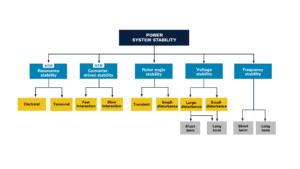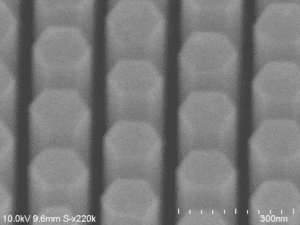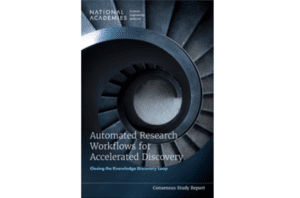A peel-off patterning technique could enable more fragile organic semiconductors to be manufactured into semitransparent solar panels at scale.
The post Toward manufacturing semitransparent solar cells the size of windows appeared first on Michigan Engineering News.

 Michigan Engineering | University of Michigan
Michigan Engineering | University of Michigan 






